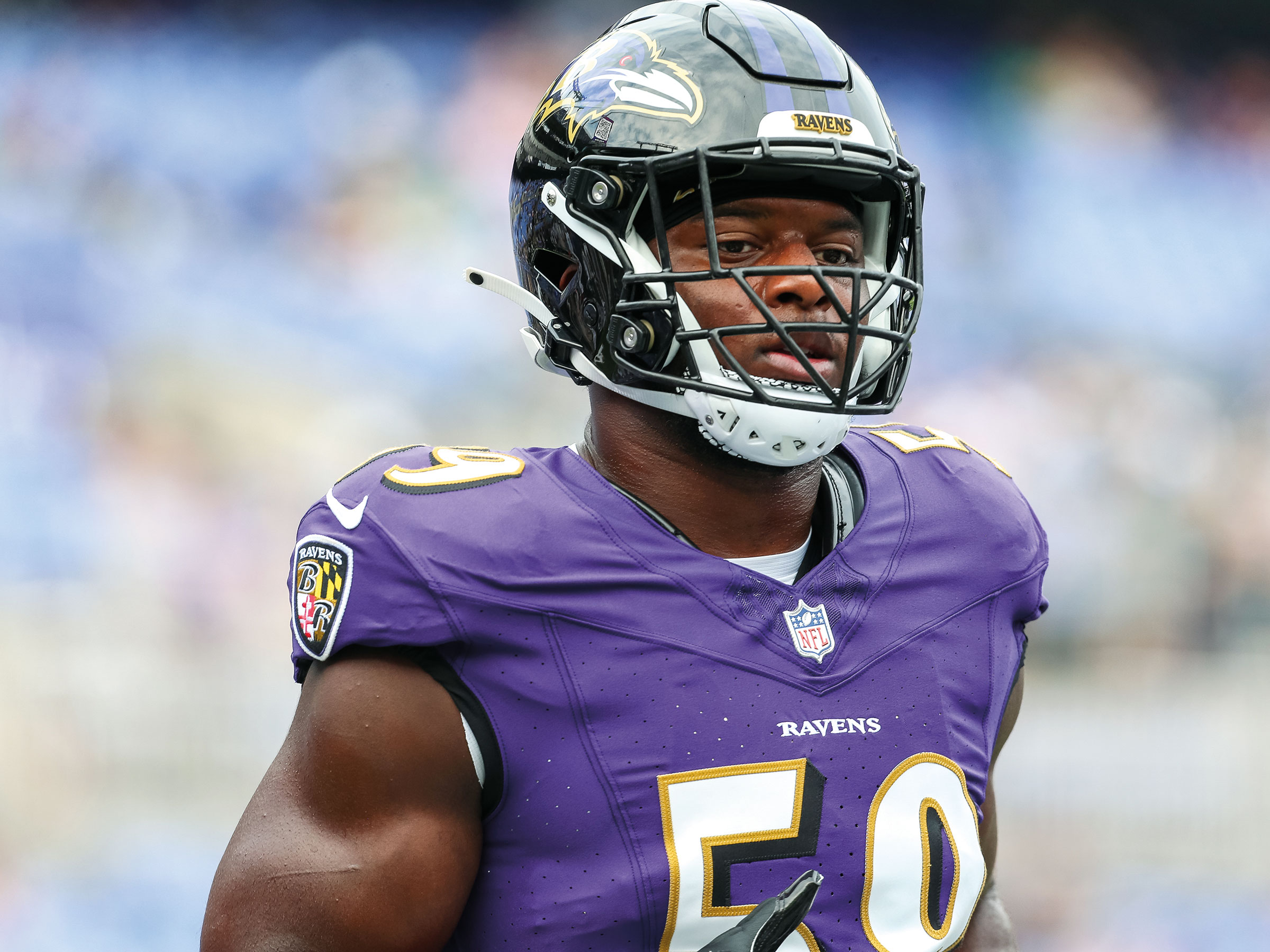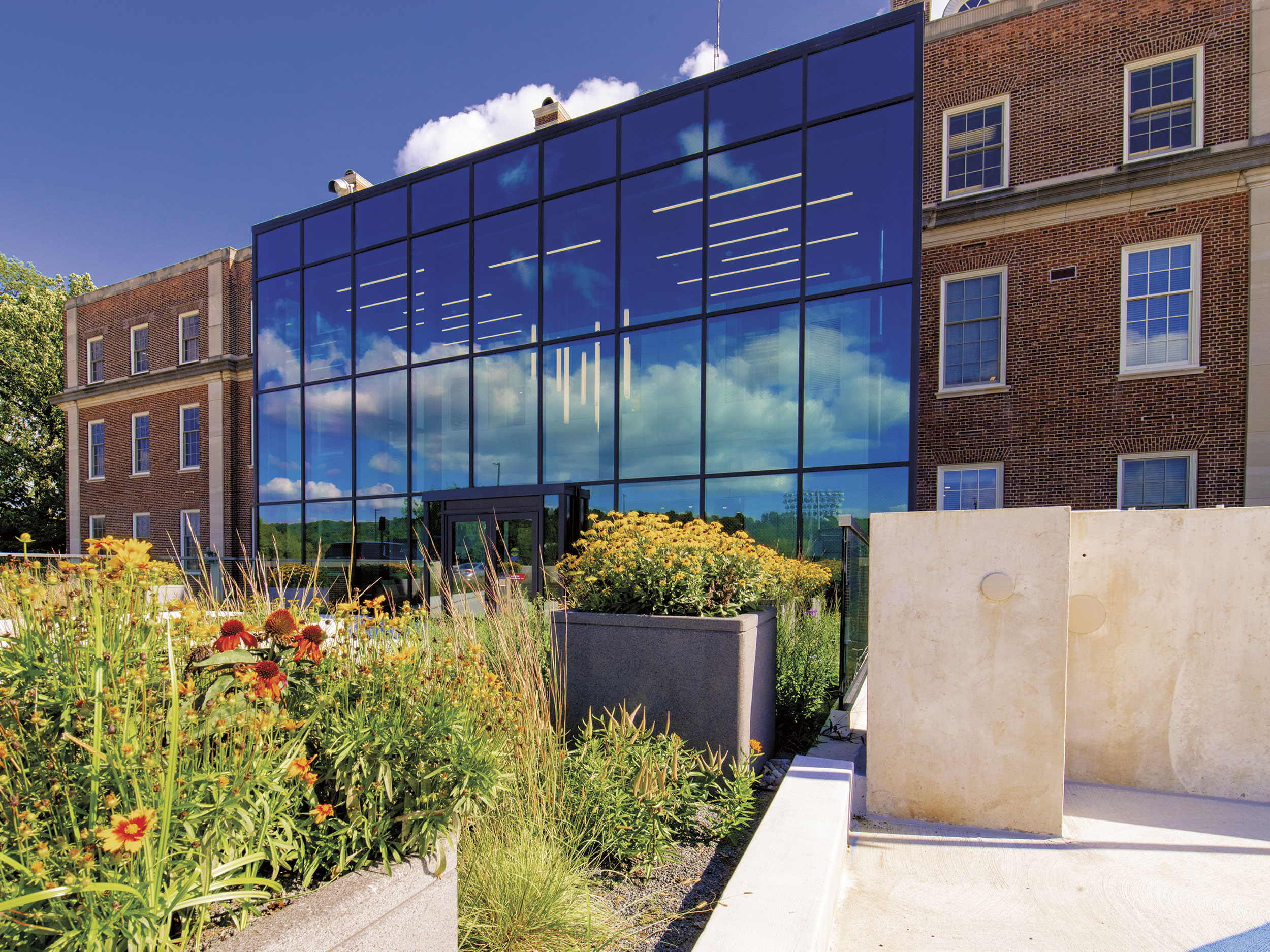Back to business
Economics professor Julie K. Smith talks inflation and a new cost of living.

Economics professor and assistant department head Julie K. Smith
Photographs by Sahar Coston-Hardy
If you’re a public radio listener, chances are pretty good that you tune into Marketplace, American Public Media’s flagship business news program.
Chances are also pretty good that on any given day you’re listening to Marketplace, host Kai Ryssdal has once again called on Julie K. Smith, Frank Lee and Edna M. Smith Professor of Economics and assistant department head, to weigh in on some of today’s most pressing topics facing consumers and global commerce.
And Smith, who’s also regularly quoted in other media such as the Financial Times, always delivers with straightforward, practical information and advice.
We asked our media-savvy economics professor to share her insights into inflation, which in the last couple years has haunted American consumers in ways it hasn’t in decades, and provide her take on whether the worst of it is behind us.
How do you explain inflation?
Inflation is a general rise in prices in the economy. The goods and services we purchase are (on average) going to cost more. It does not mean that every price in the economy is going up or that all prices are rising by the same amount. The current inflation arose from both the supply and demand sides of the economy.
How did the pandemic impact inflation?
The pandemic interrupted supply chains and consumers shifted to buying more goods as opposed to services starting in 2020, so the U.S. economy faced huge supply issues. We had cargo ships backed up in ports and delays in factory production abroad that meant consumers could not get the goods that they wanted when they wanted them, hence prices of goods rose. Then the U.S. government also enacted a large stimulus in the form of direct payments to households. These payments to households gave consumers more money to spend. While early on in the pandemic consumers spent more on goods, eventually consumers switched back to spending more on services (i.e., so-called ‘revenge travel’), so those prices rose. Overall, the combination of supply issues and unusual demand gave rise to higher prices and inflation that we experienced in 2021 and 2022.
With noticeable drops in gasoline, transportation, and food prices, is inflation really starting to ease?
It seems that inflation is beginning to ease with drops in some prices. Also, worldwide supply-chain issues seem to be mostly resolved. In some respects, the easy part of the inflation battle has been won. The harder part is to get inflation close to the 2% target, especially when looking at the core inflation rate, which removes food and energy prices that tend to be volatile.
Why has the Federal Reserve lately been hiking interest rates? Doesn’t that ultimately hurt the spending power of consumers?
The Fed has been increasing interest rates over the last year to cool demand. It does hurt consumers who need to borrow in the short term, but because higher borrowing costs—including, for example, on credit cards, which are affected by Fed rates—tend to reduce demand, higher interest rates also allow the economy and, more specifically, the labor market to recalibrate to a sustainable level that will then allow inflation to move back to 2%, which is the Fed’s target rate.

“Prices are still rising, but they will be more in line with what we have experienced over the last two decades,” Smith says.
If inflation falls to the Fed’s targeted 2%, does that mean the cost of goods and services will start dropping across the board?
Unfortunately, as inflation reaches that 2% level, prices are still rising but they will be rising more in line with what we have experienced over the last two decades. Some goods or services prices may actually fall, but it is likely that the price increases we have experienced are here to stay unless we have a severe recession. The good news is that once we adjust our mindset to the new higher prices, we should see price increases that feel more normal to us.
Is there anything good about inflation?
Some inflation is necessary for the labor market to run smoothly and for the easier conduct of monetary policy. If the Fed’s target rate of inflation was zero, then conducting effective monetary policy would be more difficult, and we might find the U.S. economy would experience more volatility, as it did in the pre-World War II era.
It’s always a treat to hear you on Marketplace. Why is it important for you, your students, and Lafayette to be a frequent guest on the program?
I love contributing to Marketplace because it allows me to reach a wide audience, including former students and alums. I have received emails afterward noting how excited they were to hear me and Lafayette mentioned on a national stage. Being a professor at a small liberal arts college is a wonderful job, but often people do not know or realize the expertise that the faculty at Lafayette have, and being on Marketplace gives me an opportunity to share that expertise with more than the Lafayette community.



